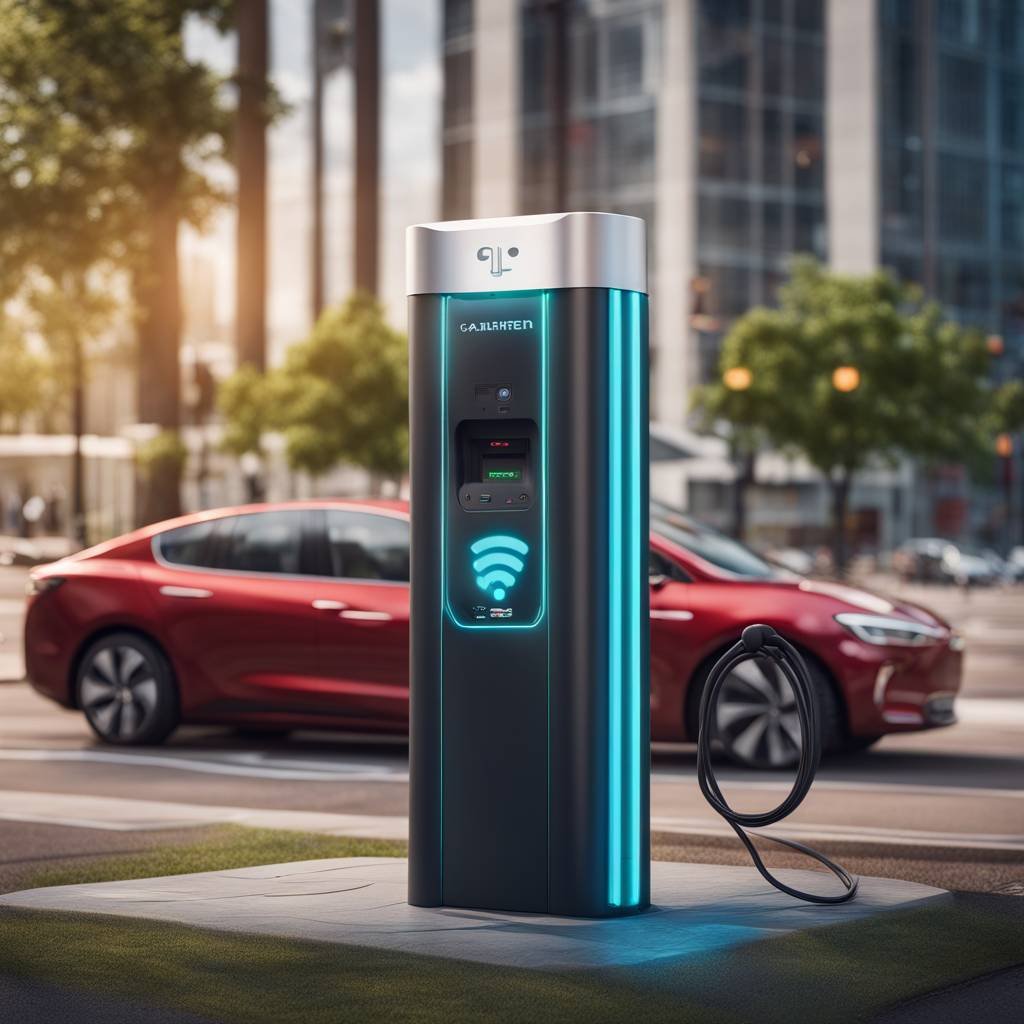Summary
– Tesla fired a significant portion of its Supercharger unit, causing chaos in the public EV charging field
– The public EV charging station network in the US is still a work in progress, with reports of unreliable charging stations
– Reports show that about 21% of drivers encounter issues with charging stations, leading to driver dissatisfaction
– Road-embedded wireless charging technology is being developed to improve the convenience and reliability of charging for EV drivers
– Wireless EV charging stations with Level 2 capability are being tested for fleet vehicles, offering enhanced convenience, reliability, and safety
Article
The public EV charging station network in the US is a work in progress, with reports of some stations being unreliable. However, efforts are being made to improve the situation, including the development of wireless EV charging technology. J.D. Power noted a slight improvement in EV driver satisfaction with charging stations, but there are still issues that need to be addressed, such as connectivity problems with payment systems. While the figure of 21% of drivers encountering charging station issues may seem high, experienced EV drivers are able to work around these inconveniences.
Road-embedded wireless charging technology has the potential to revolutionize the EV driving experience by allowing drivers to charge their vehicles while on the move. This technology, which has been in development for several years, is now being implemented in cities such as Detroit. Other projects are also underway in places like Indiana and the Pennsylvania Turnpike, as well as in Germany and Sweden. Wireless charging technology could help reduce congestion at public charging stations and eliminate connectivity issues related to traditional charging stations. This advancement has caught the attention of Congress, with a proposed grant program aimed at supporting wireless charging initiatives.
While the deployment of road-embedded wireless charging systems is still in progress, there are also efforts being made to improve stationary wireless charging stations. Despite the potential benefits of wireless charging technology, the current offerings are limited to Level 2 charging speeds, which have been associated with declining customer satisfaction according to J.D. Power. However, the development of Level 3 wireless charging technology could be a game-changer. The US Department of Energy has been working on advancing wireless charging systems, with successful demonstrations achieving high power transfer efficiency and faster charging times.
A recent test involving wireless Level 2 charging technology for a fleet of Ford E-Transit vans at the Port of Long Beach in California shows promise for the future of wireless EV charging. The six-month demonstration aims to showcase the convenience, reliability, and safety of wireless charging systems. While Level 2 wireless charging may not yet be widely available to the public, it could be a suitable option for vehicle fleets. Companies like WiTricity are leading the way in deploying wireless charging solutions for fleet operations, providing an alternative to traditional plug-in charging stations.
Overall, the development of wireless EV charging technology has the potential to address some of the challenges associated with public charging infrastructure. As advancements in wireless charging systems continue to progress, the EV driving experience could become more convenient, efficient, and accessible. With ongoing initiatives and demonstrations showcasing the benefits of wireless charging, the future of EV adoption looks promising.
Read the full article here



